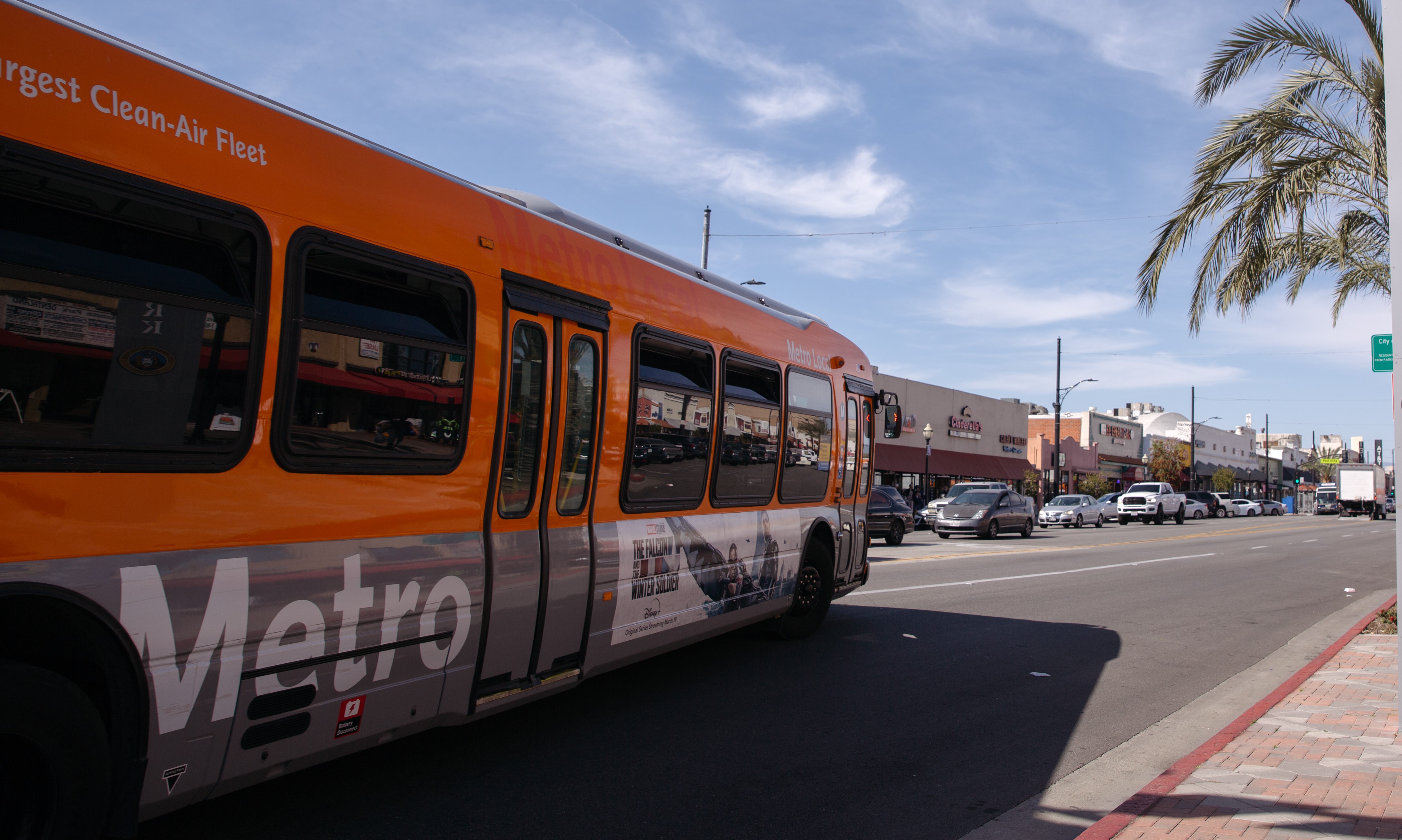Seismologists warned that a bigger earthquake from the Puente Hills thrust fault, which caused Friday night’s magnitude-5.1 quake in La Habra and hundreds of aftershocks, could be catastrophic.
A magnitude-7.5 quake along that fault has the potential to kill thousands of people, injure and leave hundreds of thousands homeless, and cause billions of dollars worth of damage, according to a 2005 U.S. Geological Survey report.
"It's hard to go anywhere in Southern California and not be close to an active fault," said USGS seismologist Robert Graves.
He cautioned that it's a matter not of how close you are to a fault but of the direction energy is moved by the fault.
The Puente Hills thrust fault lies directly beneath downtown Los Angeles and would move energy toward a densely populated area, he added.
Graves compared the possible damage the Puente Hills fault was able to cause to the 1994 magnitude-6.7 Northridge earthquake.
In the case of the Northridge quake, which paralyzed Los Angeles, severed almost every freeway system in the area and claimed the lives of 57 people, energy created from the fault moved in the direction of the Mojave Desert. Had it moved in the direction of dense cities, like the Puente Hills fault, the damage could have been even greater.
Its potential for damage was seen once before.
Local
Get Los Angeles's latest local news on crime, entertainment, weather, schools, COVID, cost of living and more. Here's your go-to source for today's LA news.
In 1987, the fault was the cause of the magnitude-5.9 Whittier Narrows quake, which killed eight people and caused more than $350 million of damage.
Friday's La Habra quake caused thousands of power outages, displaced nearly 100 people, caused a rockslide in Carbon Canyon in Brea and several small water main breaks.
The Puente Hills thrust fault was discovered in 1999 and seemed to be in a lull state before Friday.
"We had eight water (main) breaks from this earthquake for a magnitude 5.1. We have a lot of old brittle pipe,” said Dr. Lucy Jones of the USGS. "The much more extensive and the much bigger earthquake, we could be talking about not being able to fight the fires and they really get out of control, and that's where we face the possibility of destroying the city."
Brick buildings in Los Angeles have been retrofitted, but not concrete structures from the 40s and 50s, some of which have proven unsafe in previous quakes.
Jones hopes to emulate a citywide program in San Francisco that made seismic safety a priority.
The problem, Jones said, is that too many Southern California residents have never experienced and earthquake, or have forgotten what one feels like.
"That's what we need to help people remember that this is what we need to do," Jones said.



